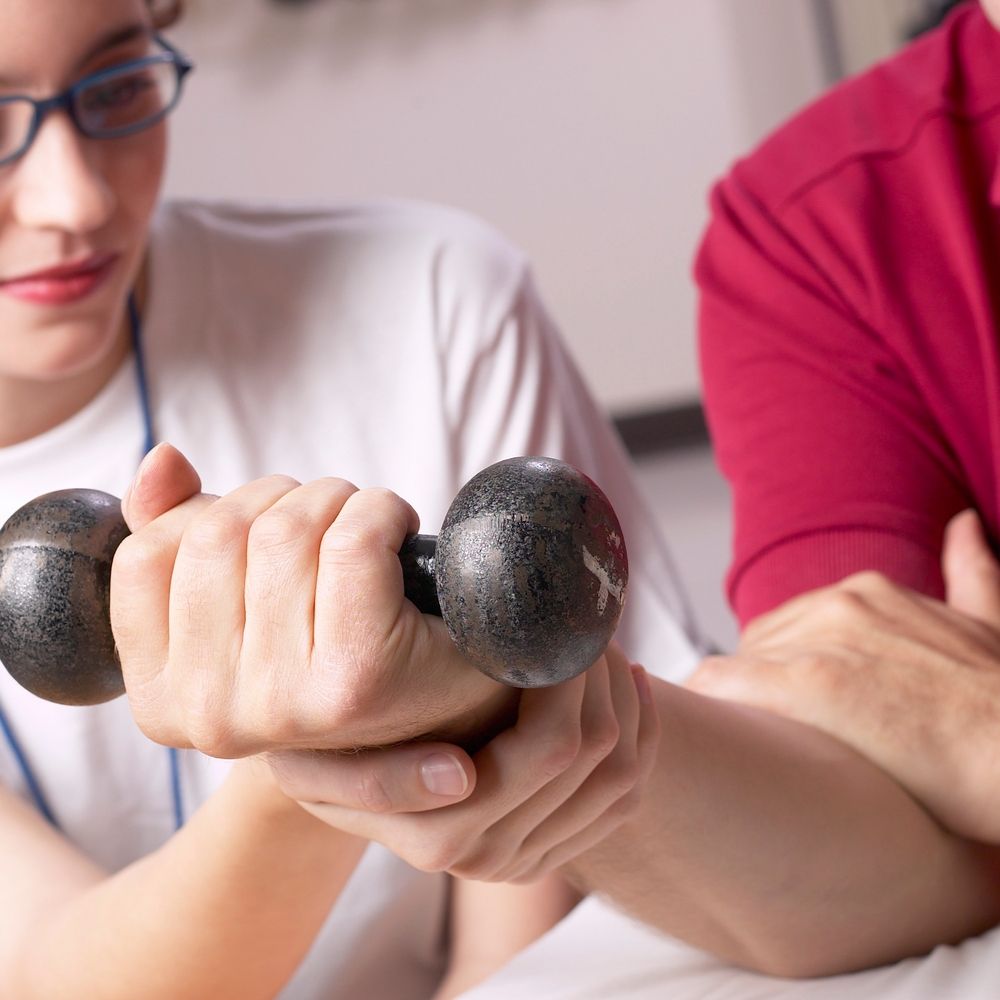Get The Peace You Deserve
Physical Therapy


Transform yourself
We treat pain
We understand that life can be difficult when pain interferes with everyday activities. Virtuous Wellness Center works hard to develop individual treatment plans that integrate physical and massage therapy practices with compassionate expert care that ultimately aims to restore your quality of life and get you moving again.
With a wide range of services, our approach to pain management, consultation and treatment focuses on a multi-step solution that fits all pain types from acute to chronic and everything in between.
Virtuous Wellness Center staff encourage patients to take an active role in their wellness. By helping patients turn their concerns into goals, we typically see better outcomes as well as a decrease in recurring injuries. Our therapists main focus is to listen to the patients’ goals, use experience, wisdom and knowledge to create a treatment plan. Let us help you reach your wellness goals!!
We Can Help
physical therapies
Back Pain
Symptoms
Pain Symptoms will be dependent on which structures are irritated. Usually pain in the lower back (that changes location) is functional in origin.
Lower back pain with radiation into the leg, a burning sensation, numbness and tingling should always be taken very seriously. Please seek immediate medical attention if you feel this occurring.
Causes
Lower back pain can be caused by structural pathology such as a herniated/protruded disc or arthritis of the lumbar joints. It can also be caused by a pinched nerve or nerves within or around the structures of the spinal canal or spinal foramens. It could also be the result of a functional injury affecting a muscle or ligament.
Other potential causes include:
Poor posture
Developmental aberrations
Muscular or ligamentous strain
Poor motor control of the lumbar spine
Poor function of the lumbopelvic-hip complex
Trauma
Bulging or herniated disc
Sacroiliac joint restriction or hypermobility
Poor function of the core (deep spinal stability mechanisms)
Physical therapy has been proven to help reduce pain in all of these areas.
Hip Pain
Symptoms
Most frequently, the pain that arises from the hip joint is felt in the groin or on the side of the hip. When the joint is inflamed, the pain may have a very sharp quality. In the case of chronic conditions, the pain is typically dispersed over a larger area and is felt as dull and achy.
Causes
Hip pain disorders, unless arising from trauma, are typically the result of a combination of improper development of the hip and pelvis bones and the disturbance of walking mechanics.
Neck Pain
Symptoms
Neck Symptoms could range anywhere from dull, achy, burning or sharp pain in localized areas or more widespread across various areas depending on the type of tissue irritated and the time of onset. Pain radiating down the arm with numbness and tingling requires immediate medical attention. If you are experiencing this, please call 9-1-1.
Causes
Neck pain has increased to epidemic proportions with the increased use of computers and hand held devices. Overuse of such items can lead to chronic conditions although there are also a wide range of other factors that could lead to neck pain.
TMJ Pain
Symptoms
Pain symptoms for Temporomandibular Joint Syndrome, or TMJ, typically show in your jaw joint and in the muscles that control jaw movement.
Causes
The exact cause of a person’s TMJ pain can be difficult to determine but is often due to a combination of factors that can include genetics, arthritis or even habitual clenching or grinding of teeth.
Other potential causes include:
Poor posture
Developmental aberrations
Muscular or ligamentous strain
Poor motor control of the lumbar spine
Poor function of the lumbopelvic-hip complex
Trauma
Bulging or herniated disc
Sacroiliac joint restriction or hypermobility
Poor function of the core (deep spinal stability mechanisms)
PHYSICAL THERAPY CAN HELP!!!!!!!
Wrist & Hand Pain
Symptoms
Carpal Tunnel Syndrome (CTS) is the most common cause of wrist pain and appears unexpectedly regardless of physical action. Typically, pain appears at night or in the early morning. You could feel a sensation of burning, numbness and tingling. The ache could be anywhere within the hand or arm, but most frequently is felt around the base of the wrist and tips of the third and/or fourth fingers. With chronic CTS, you may occasionally experience a slight loss of movement/control of your fingers.
Causes
Pain from inflammation in CTS is most commonly caused by diabetes, thyroid dysfunction, fluid retention, high blood pressure, autoimmune disorders or a wrist trauma.
Shoulder Pain
Symptoms
Shoulder pain may be deep and achy, pinpoint or widespread – depending on the structures involved. It is sometimes accompanied by an inability to move the shoulder, stiffness, swelling, numbness or a tingling.
Causes
Shoulder pain may arise from a diseases or other condition affecting structures in the chest or abdomen (like heart or gallbladder disease). When this happens, the shoulder pain typically doesn’t worse when you move your arm. Pain may also be from the shoulder joint itself in which case the pain does worsen with activities or movement.
Elbow & Arm Pain
Symptoms
Elbow and arm pain can be quite intense with a burning quality. It is typically associated with an injury involving a repetitive gripping activity (not just by playing tennis/“Tennis Elbow”) and has a tenderness in the inner and outer part of your elbow. It can also radiate pain into the upper or lower part of the arm.
Causes
In patients younger than 45 years old, the cause is typically repetitive strain (overuse).
In patients older than 50 years old, there is typically a presence of degenerative joint disease in the cervical spine (neck arthritis) or the disrupting neck arm nerve connection.
Knee Pain
Symptoms
While the location and severity of knee pain may vary depending on the cause of the problem, symptoms usually include: swelling and stiffness, redness and warmth to the touch, weakness or instability, popping or crunching noises or even an inability to fully straighten the knee.
Causes
Knee pain is typically caused by injuries (like fractures, ACL tears, torn meniscus bursitis or tendinitis), mechanical problems (like dislocated kneecap, Iliotibial band syndrome or degeneration of bone) and types of arthritis (Osteo, Rheumatoid, Septic, etc.).
Foot & Ankle Pain
Symptoms
Most conditions of the foot & ankle involve joints and soft tissues such as muscles, tendons and fascia; therefore, symptoms are usually dull, deep and achy. Tenderness and sharp pain is not uncommon if the condition is acute or if nerve tissue is involved.
Causes
Common causes of ankle pain include sprains, injuries, arthritis, gout and tendentious. Poor movement and loss of motor control do not always occur in the feet but are more commonly dispersed throughout the lower kinetic chain (from the pelvis to the foot).
Women's Health
Symptoms
Many women suffer from common issues, such as pelvic pain, incontinence, and other similar conditions. Women’s health issues can be detrimental to mental, physical and social health, interfering with one’s lifestyle and enjoyment. However, you are not alone, and the good news is that you can be helped with the right physical therapy treatments.
Causes
Our physical therapists evaluate and treat patients suffering from urinary incontinence, pelvic pain, and Pregnancy Musculoskeletal Dysfunction. These symptoms may be a result of weak or tight pelvic floor muscles, poor muscle coordination, abdominal strength or bladder habits.
Post-Concussion
Symptoms
Symptoms of a concussion commonly manifest as functional disturbances rather than structural disturbances. This means standard neuroimaging such as CT scan and MRI may not always detect any abnormalities of the brain.
Causes
A concussion is a mild traumatic brain injury (mTBI) induced by biomechanical forces. Concussions can be caused by a direct hit to the head, face, or neck or by an impulsive force through the body transmitted to the head (whiplash).
Balance Disorders
Symptoms
Do you find that your balance is not what it used to be? Do you find that walking distances becomes tiresome and you may even be using an assistive device such as a cane or walker to get around? Your body’s ability to balance through the vestibular system allows you to walk without problems.
Causes
Dizziness can be caused by a variety of conditions, but typically occurs from poor perception in the joints/muscles combined with visual tracking problems and inner ear coordination with your vestibular system. When the brain receives all these mixed signals, it becomes confused and dizziness occurs. Vertigo is a spinning sensation that typically occurs because of problems between the visual tracking and balance systems in the inner ear.
Vertigo
Symptoms
Do you find that your balance is not what it used to be? Do you find that walking distances becomes tiresome and you may even be using an assistive device such as a cane or walker to get around? Your body’s ability to balance through the vestibular system allows you to walk without problems.
Causes
Dizziness can be caused by a variety of conditions, but typically occurs from poor perception in the joints/muscles combined with visual tracking problems and inner ear coordination with your vestibular system. When the brain receives all these mixed signals, it becomes confused and dizziness occurs. Vertigo is a spinning sensation that typically occurs because of problems between the visual tracking and balance systems in the inner ear.
Neurological Disorders
Symptoms
People suffering from neurological disease and injuries typically have a higher tendency for falls or injuring themselves. Imagine if you trip and fall. Can you react quickly enough to protect yourself? In addition, common actions such as getting up from a chair or low surface, kneeling to the floor, getting out of car, can become difficult and even dangerous.
Causes
ALS (Lou Gehrig’s Disease), Balance and difficulty walking, Nerve injuries, Multiple Sclerosis, Muscular Dystrophy, Nerve pain, neuropathy, and weakness, Paralysis or hemi-paralysis, Parkinson’s Disease, Spinal cord injury rehabilitation, Stroke, (CVA), And More

